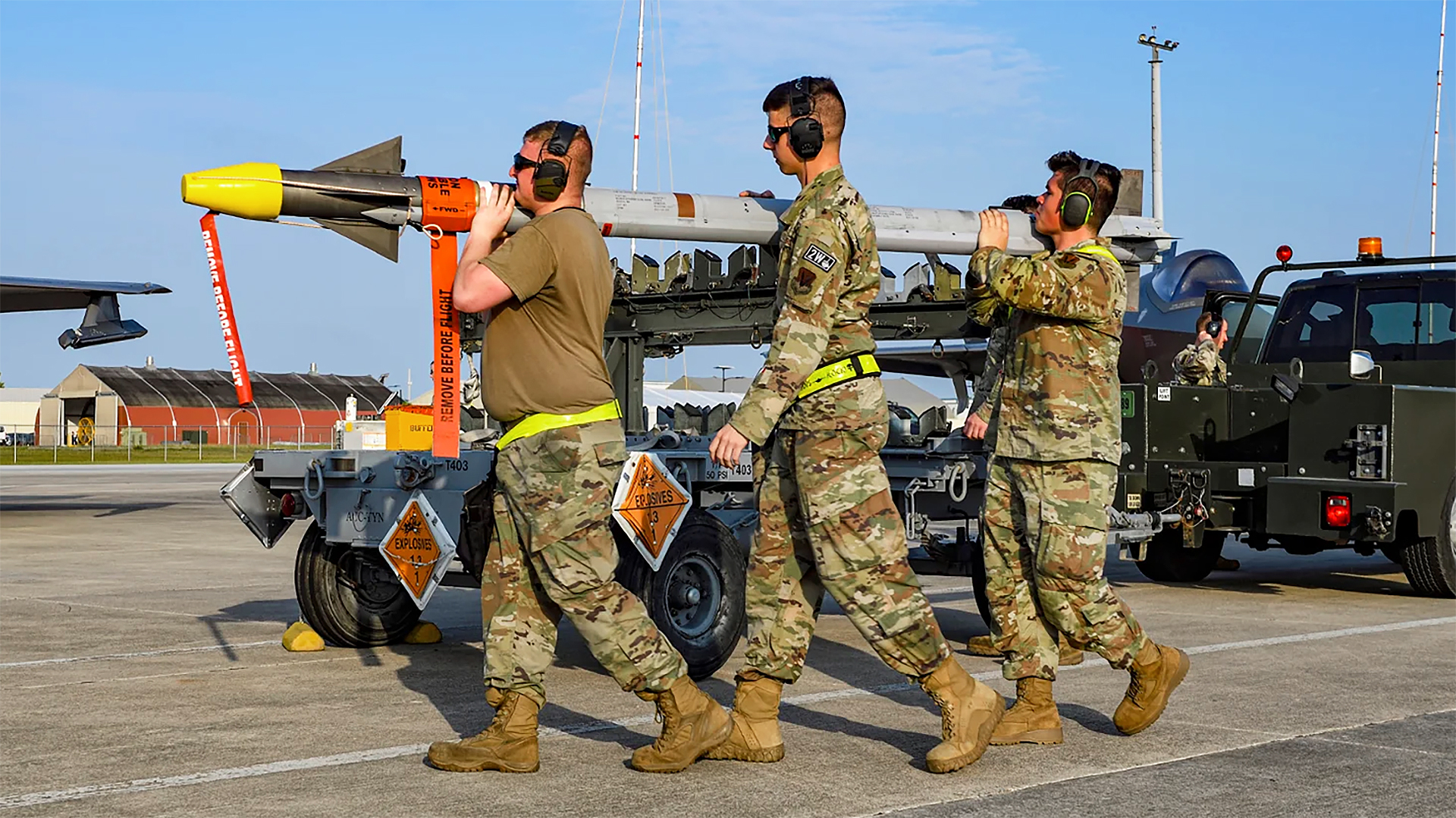A green munitions truck slowly makes its way down the line of fighters at Tyndall Air Force Base, Florida, towing a rack that is packed with AIM-9X Sidewinders and AIM-120 Advanced Medium-Range Air-to-Air Missiles (AMRAAMs). Some of the AMRAAMs feature a yellow band, denoting a live warhead, but most have the warhead replaced by a telemetry kit. This will tell the experts on the ground exactly how the missile performs when it’s fired.
Most of the AIM-9s don’t have a warhead installed either. All of the missiles, regardless of their internal configuration, being used for live fire feature brown bands signifying they are equipped with a live rocket motor. This ensures they will tear off the pylon when the pilot presses the pickle button on the control stick.

Editor’s Note: Welcome to day four of WSEP Week at The War Zone. Each day this week we have a major feature on the Pentagon’s biggest air-to-air live fire exercise that works to ensure the weapons, tactics, and people that give it an edge over its adversaries will all work as they are supposed to in a real fight.
All of these missiles are slated to be fired on today’s Combat Archer mission, with the aims of validating weapons performance and providing inexperienced pilots the opportunity of firing a missile for real. Each weapon will be scrutinized in minute detail to make sure it performs as expected. In the cockpit, it’s all about the time crunch of locking up the drone target, meeting the tight parameters of the launch window, getting the cadence and switchology right, and ultimately feeling the whoosh of the missile coming off the jet.
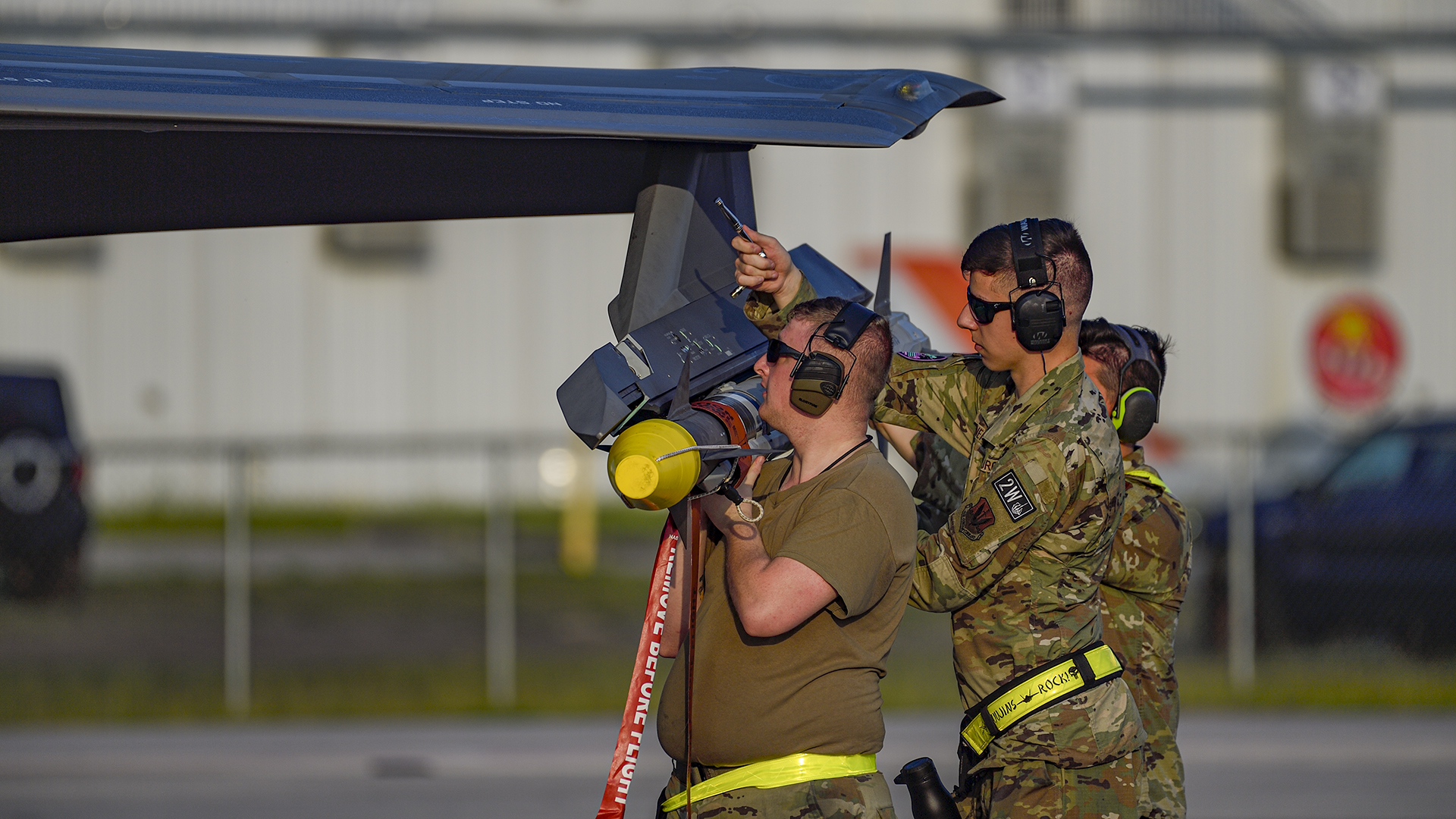
It’s not just the pilots getting experience here. The squadron weapons maintainers gingerly lift the Sidewinders off their racks by hand, and slickly adhere them to the aircraft’s weapons stations. Connecting them via the databus umbilical cord, they then click the weapons into place. It seems crazy how these advanced, weighty munitions — an AIM-9X weights 186 pounds while an AIM-120 weighs around 350 pounds — are held in place so simply, but effectively, onto jets that can pull as many as nine times the force of gravity.

All the while, inspectors from the 53rd Weapons Evaluation Group’s (WEG’s) 83rd Fighter Weapons Squadron (FWS) are circling and making notes on their clipboards. The maintainers are under close scrutiny as they handle their hazardous ordnance.
“We came to WSEP [Weapons System Evaluation Program] with about 160 personnel from the 144th Fighter Wing out of Fresno, California. That includes about 130-140 maintainers with seven different skill sets from crew chiefs who manage the aircraft individually, to our production teams who manage fleet scheduling and coordination with our operations,” explains Maj. Ishmael Macedo, commander of the 144th Aircraft Maintenance Squadron. “The TDY [temporary deployment] manning has a clear weapons influence because this is a live-fire exercise, and we brought a cadre of munitions personnel who load our F-15Cs and get them ready for the missions in coordination with Tyndall’s 325th Munitions Squadron [MUNS] to pull the weapons from the bomb dump and prepare them each day.”
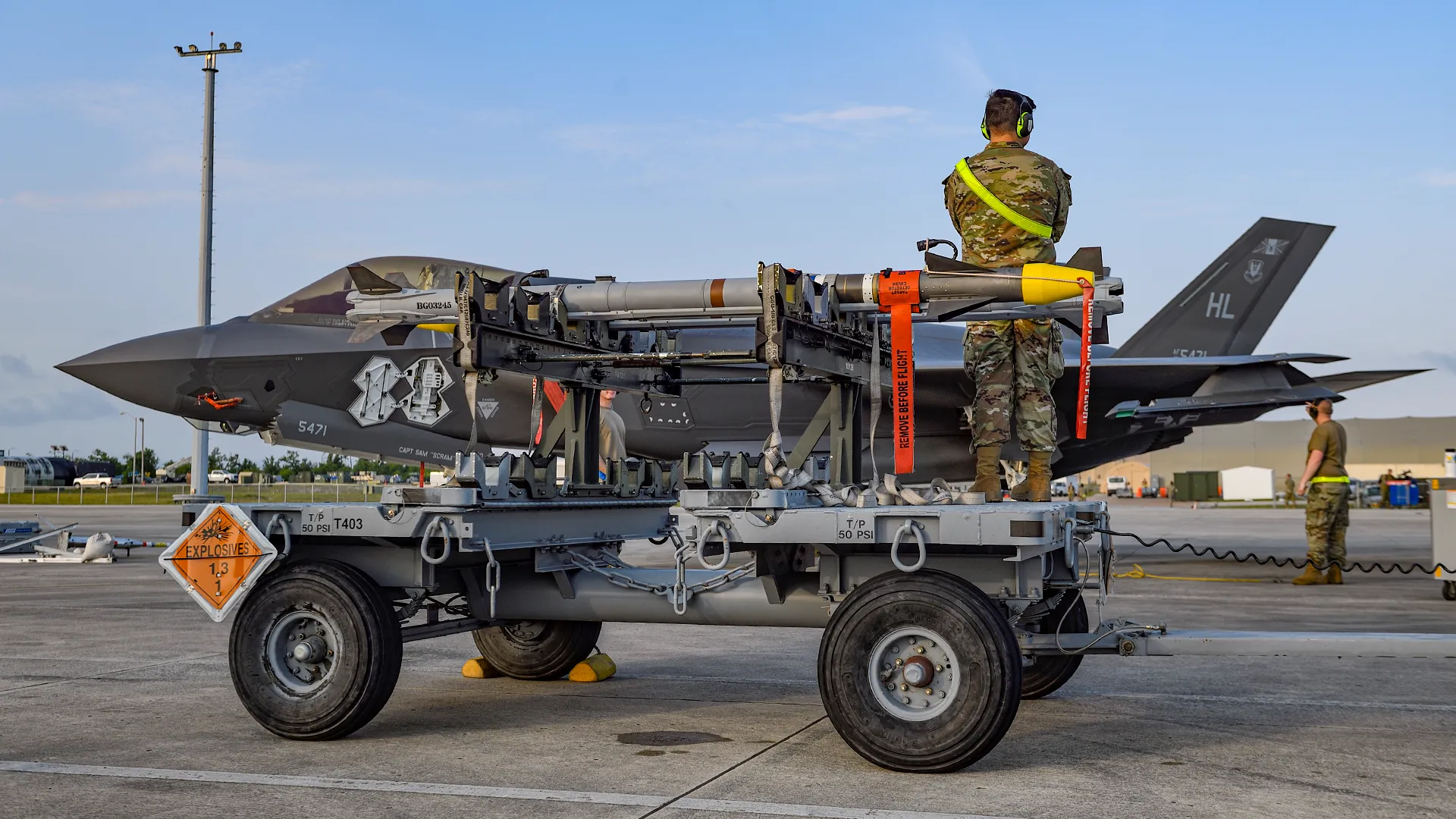
The 325th MUNS receives, deconstructs, rebuilds, and tests every missile slated to be fired at Combat Archer. “Basically, we reconfigure the entire missile into a flying computer,” said MSgt. Jacob Ballou, 325th MUNS precision-guided munitions section chief. “It will transmit back what the missile does so that engineers and program managers for each airframe can have a greater understanding of the capabilities each missile holds, and what they might be able to expect for future iterations and upcoming new missile programs.”
After each missile is carefully loaded onto its respective airframe, it is armed and then flown in the Gulf of Mexico range. After a sortie is completed, data from each missile fired is collected by the 83rd FWS and utilized to advance future missile capabilities.
“We brought eight F-15C/Ds to WSEP, and based on that fleet the WEG determined the weapons loads and we worked with MUNS and the allocation we needed,” explained Maj. Macedo. “They build the munitions and deliver them to the various weapons personnel on the flight line, arm them up, and fly in the scenarios.”
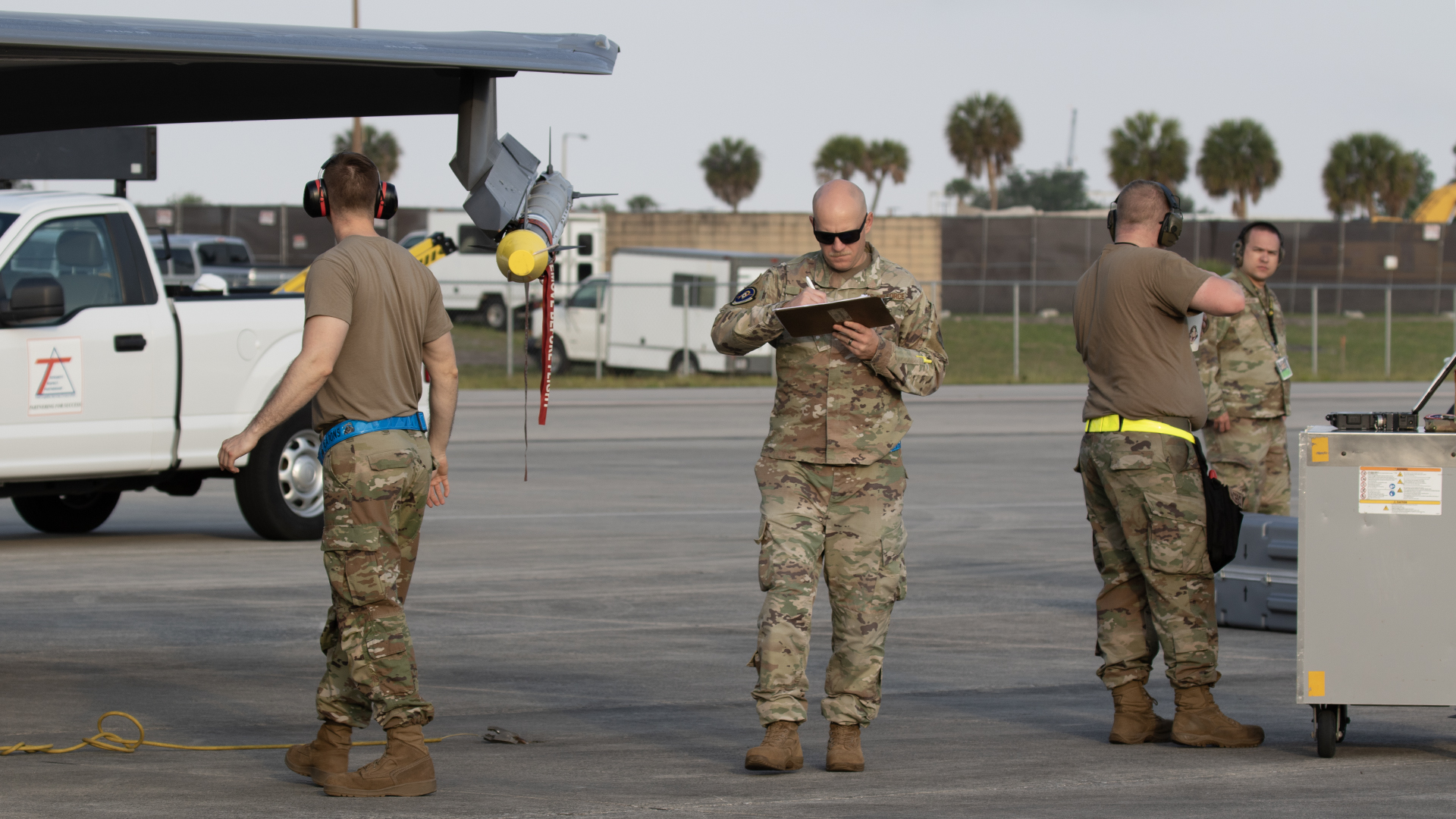
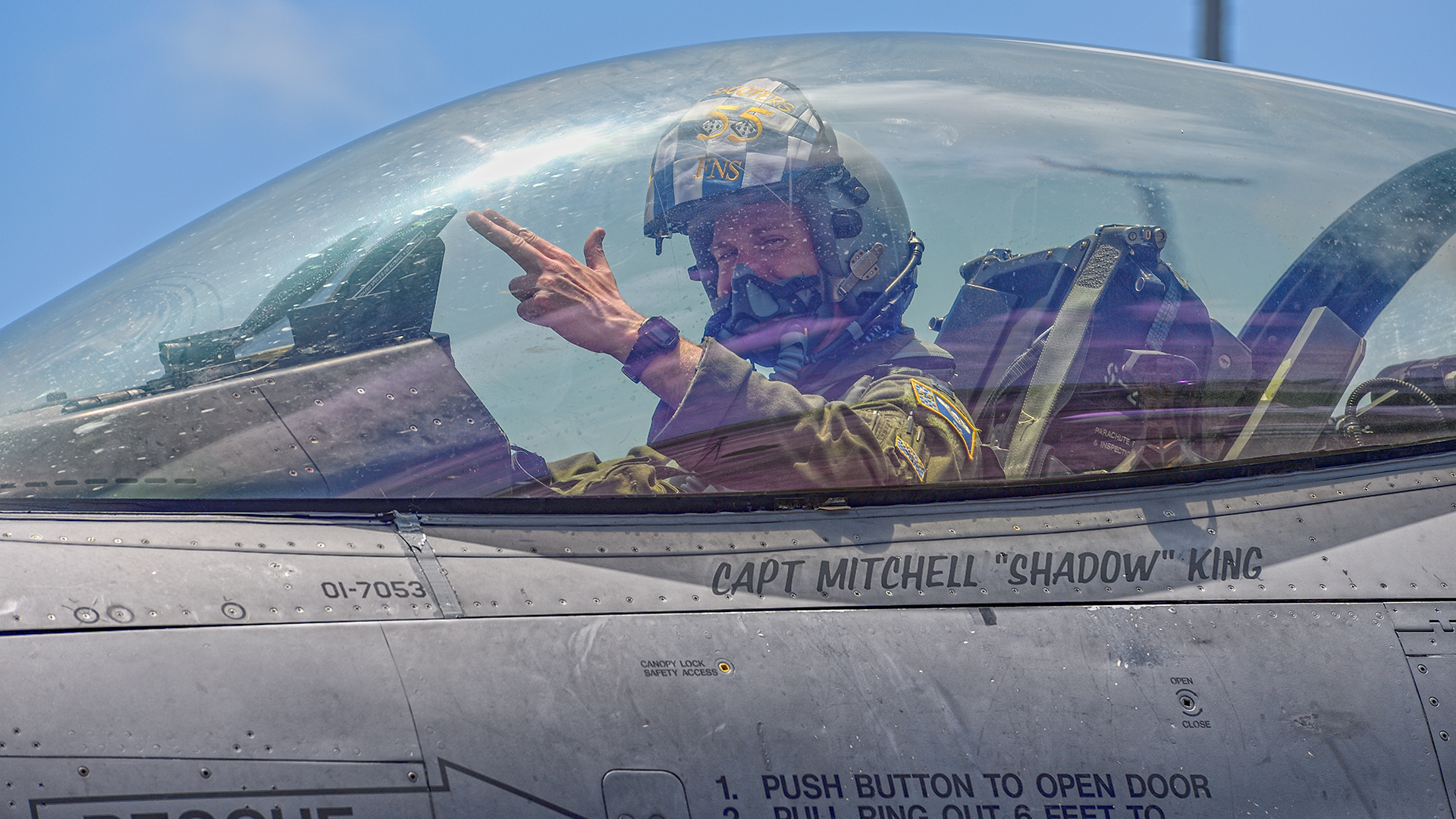
“We are being evaluated on the maintenance side for our weapons personnel to load live weapons and make sure they are ready for our pilots to use them in a live exercise scenario. We know that at some point we may have to go downrange and have to employ them in any type of combat scenario.”
“Here at Tyndall AFB, the USAF is still rebuilding after the devastation caused by the hurricane that hit the base in 2018. So actually, this is still something of a degraded operation — we are all working out of temporary buildings. It’s still pretty much a bare-bones operation, and as an Air Force we are focused on operating from a bare-base environment — so we are very much up for this challenge. Coming here to Combat Archer allows us to work closely with the other units; we can share resources, and concentrate on what we need to generate our aircraft and put our whole system to the test.”
While Combat Archer is very much about evaluating the end-to-end capabilities of the visiting units, from drawing the weapons right through to getting them on target, there is a test element to the exercise, which is often geared towards proving out capabilities that are pushed down from the test community.
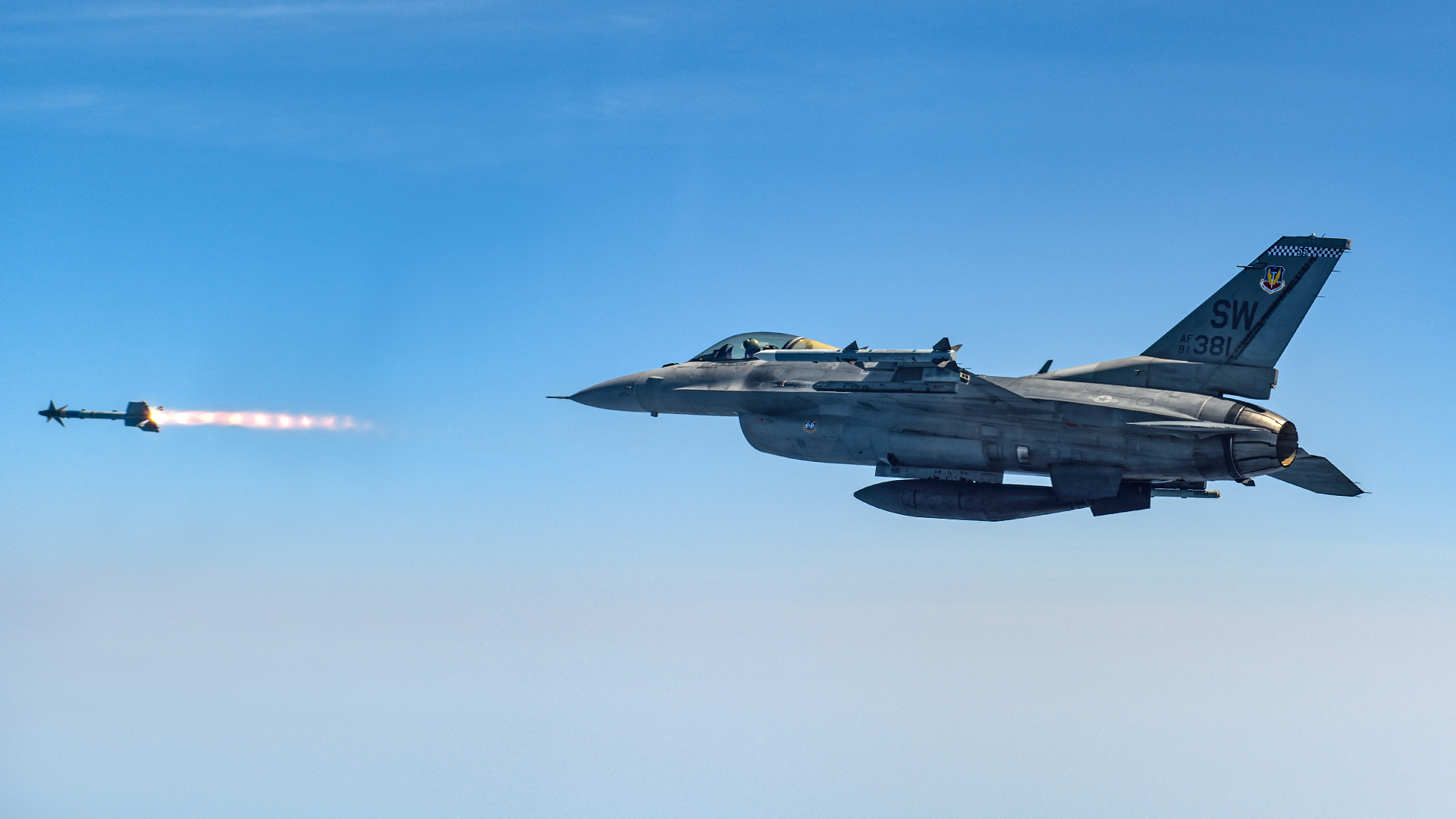
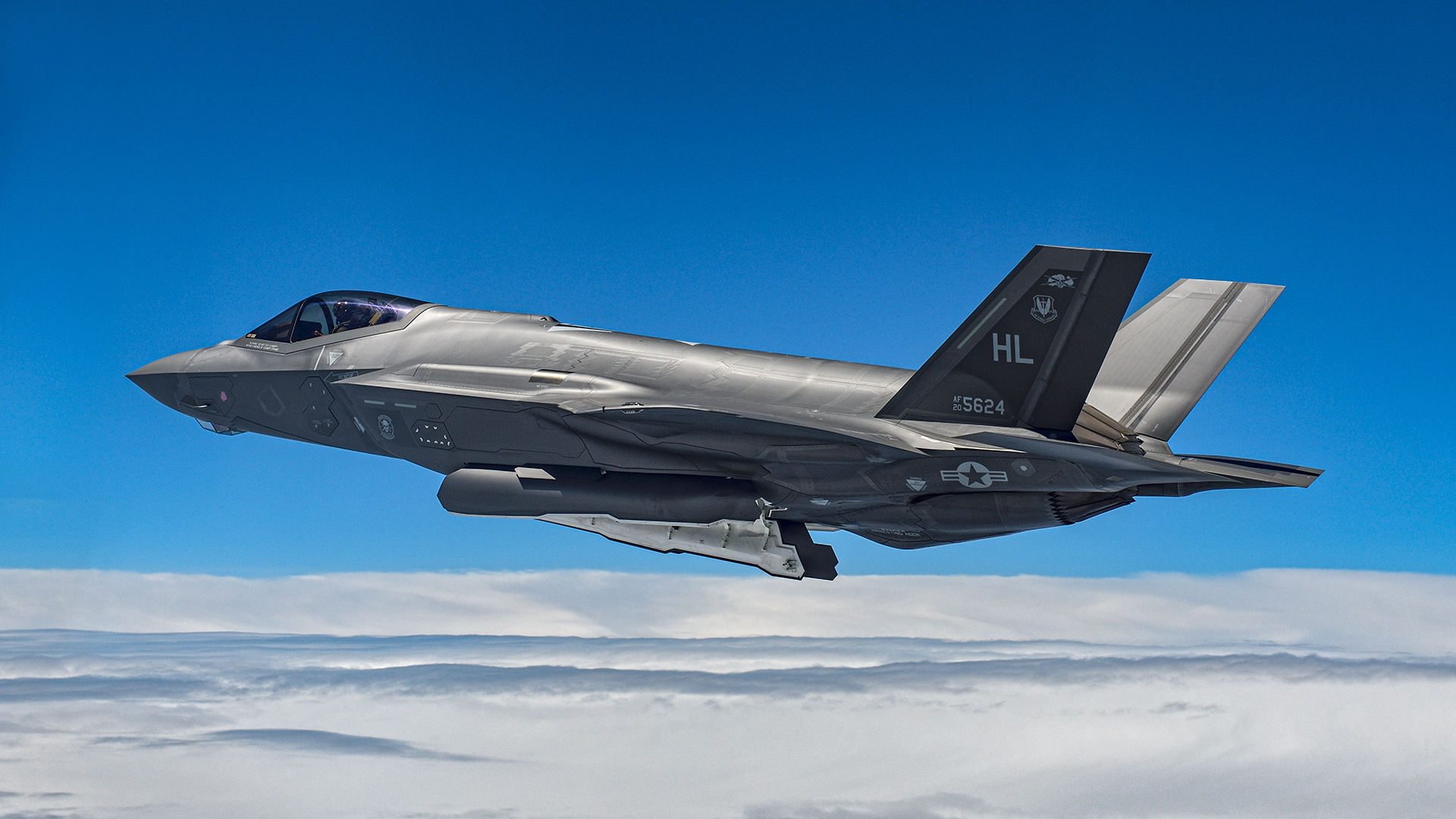
“We shot a couple of extended time-of-flight profiles last year,” says Maj. “Arson” who is the director of operations at the 83rd FWS, the unit in the 53rd WEG that oversees the exercise. “The test guys wanted WSEP to take a look at this and we closely worked with them to expand our understanding of the AMRAAM, and as a result of this the crew out in the CAF [Combat Air Forces] are now flying with that improved capability.”
The extended time-of-flight profile sees the participating jet firing the missiles over extremely long ranges. “We’re expanding the envelope with the profiles that we’ve set,” Arson adds. “We want to find the limit. The main thing I want to do is find out the truth about how our weapons are going to be able to be employed. This is user-end testing. So the visiting units get all the experience, and we capture the data that can make the missiles and the jets even better.”
“We report those findings back to our leadership and to the manufacturers. For example, we have contractors here from Raytheon who work in the 83rd FWS with us and they have extremely in-depth knowledge of the weapons, so we have a direct line into them.”
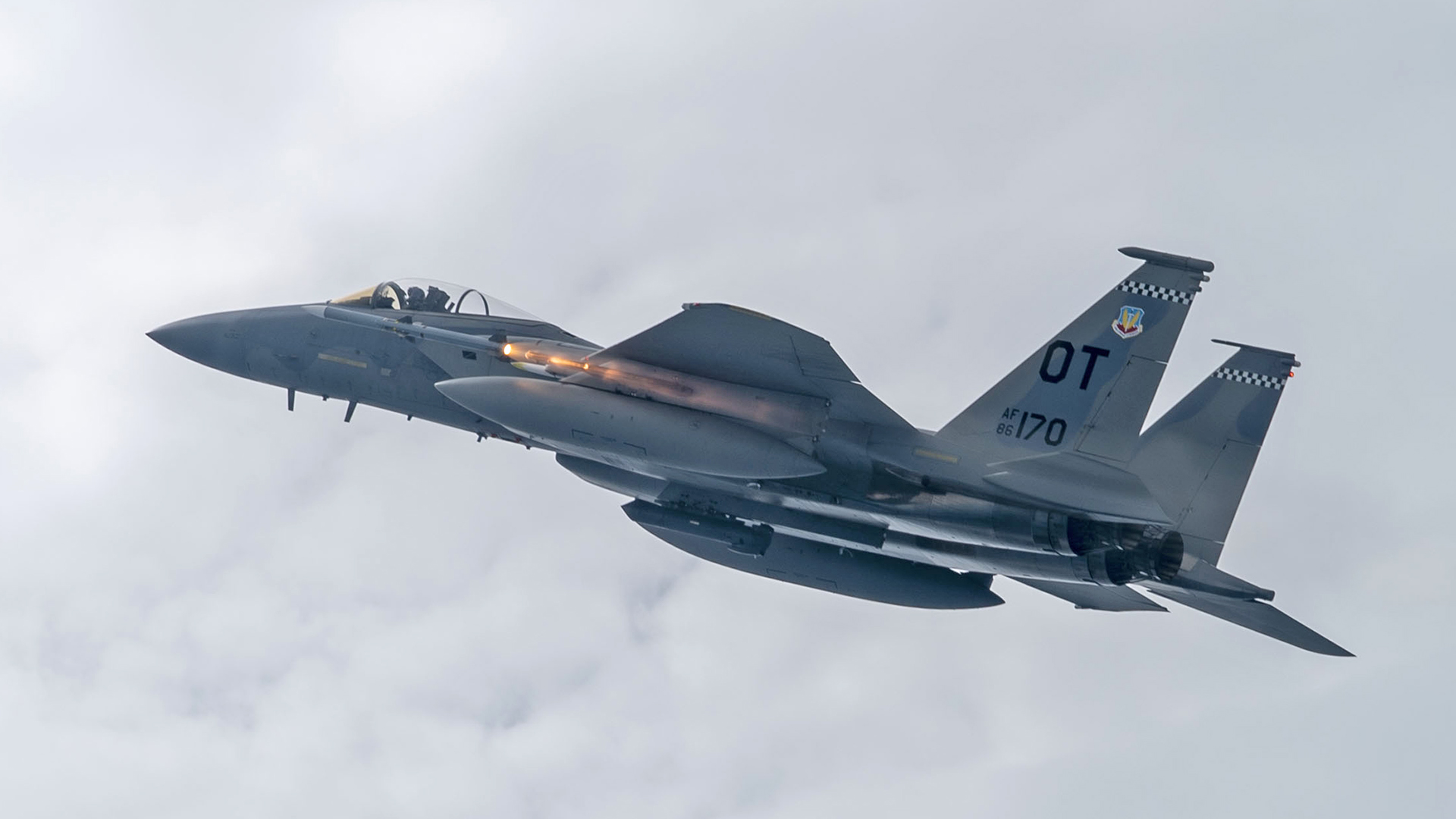
The long-range AMRAAM shots involve the latest variants of this missile, which is the U.S. military’s primary long-range air-to-air weapon. The latest AIM-120D-3 has now been cleared for fleet deployment, having completed the USAF’s Functional Configuration Audit, and will be fielded by the USAF and U.S. Navy this year. The D-3 upgrade for AMRAAM will enable it to meet the future challenges of new advanced threats and is also known as F3R — Form, Fit, Function Refresh. You can read more about it here.
It’s inevitable that forthcoming WSEPs will involve operational squadrons proving out the capabilities of the new AMRAAM variant. The scale of the exercises means that the Department of Defense will be able to quickly accrue swathes of data and therefore be able to understand how to best exploit the capabilities of the new weapon, thanks in part to the great work of the 53rd WEG and the WSEP team.
Similarly, the new and highly classified AIM-260 Joint Advanced Tactical Missile (JATM) has been in heavy testing in recent years, and it too will likely feature heavily in future WSEPs once it enters operational service, with stated plans for it to enter production this year.
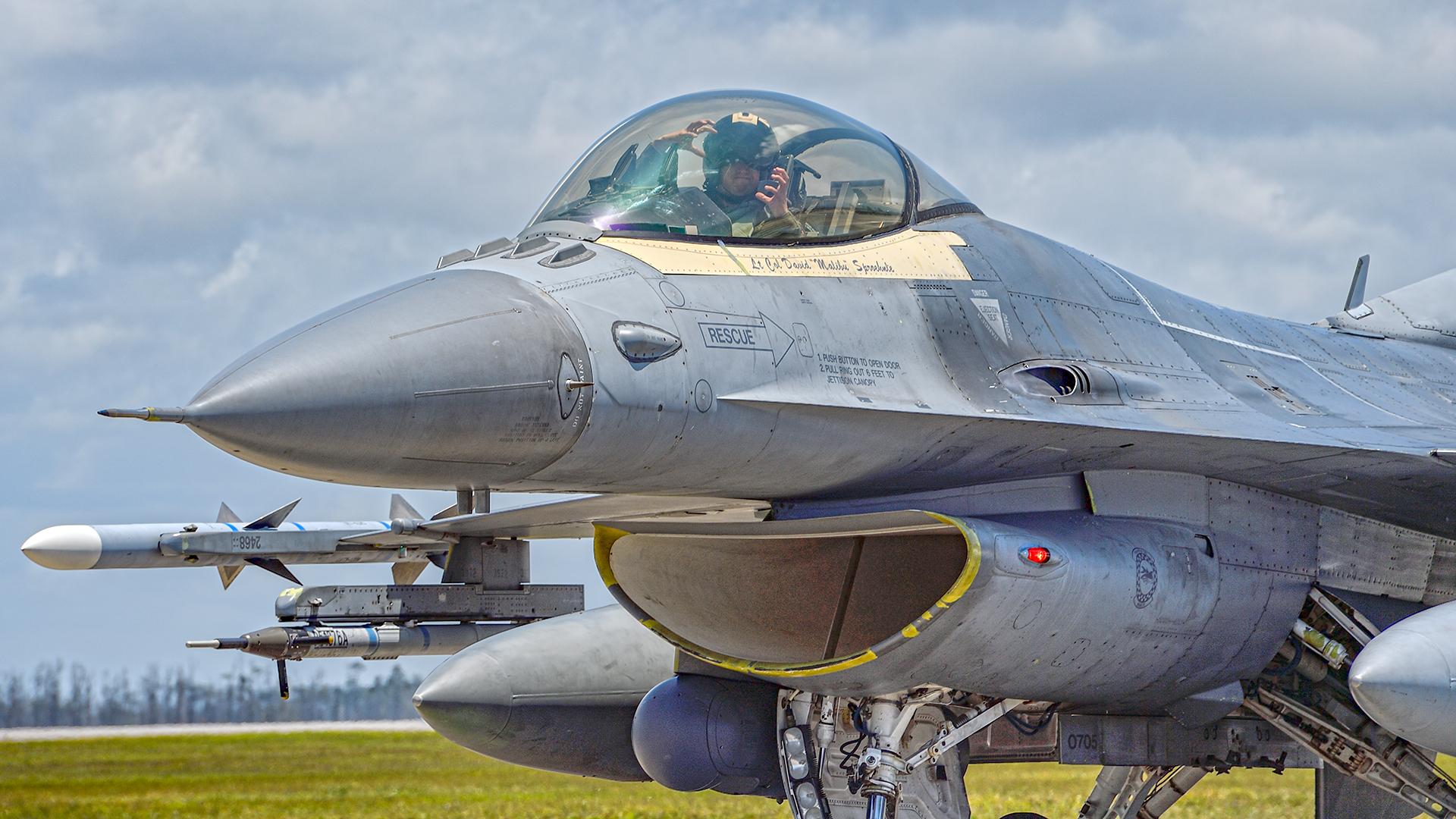
When these weapons are being loaded for WSEP missions, the 83rd FWS’ Project Managers will be in the background, working with a host of outside agencies to design profiles that can evaluate the weapons on a significant scale in a very realistic environment. However, the distances of the long-range missile shots do create challenges, even when the work area is almost the entirety of the Gulf of Mexico.
“Sometimes we just don’t have the space available in the range,” says Maj. Arson. “We often have to go to the test units at Eglin AFB and ask if we can use their airspace out to the west, or we ask the Federal Aviation Administration if we can have specific altitude reservations. Some of our long-range shots mean we need to clear a good chunk of the Gulf of Mexico, which could be from Pensacola all the way to Tampa!”
Missile technology is evolving, with an eye to countering rapidly advancing global threats. WSEP is working hard to keep pace, to enable those long-range live missile shots, and to suck up every tiny piece of data that can cumulatively make a huge difference to the U.S. military’s combat edge.
In the final installment of our Combat Archer coverage, we fly on a live missile shoot. Read how an actual WSEP mission is run, how the range is sanitized for the shots, and how the pilots are “cleared hot” for the live shots.
Contact the editor: Tyler@thedrive.com
